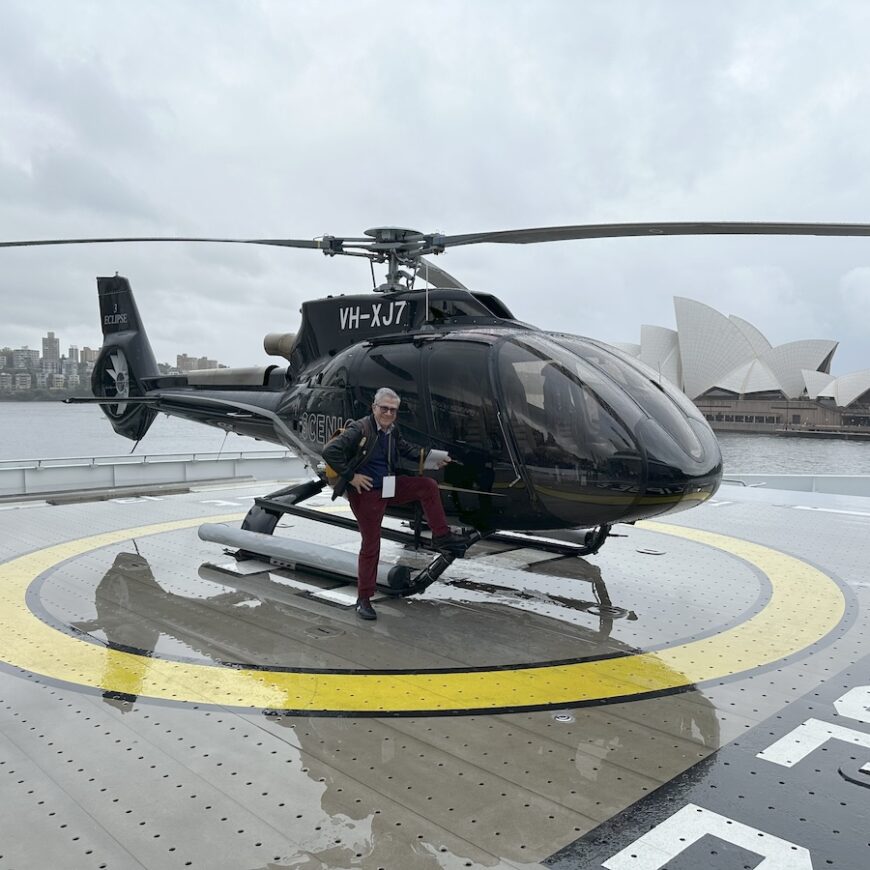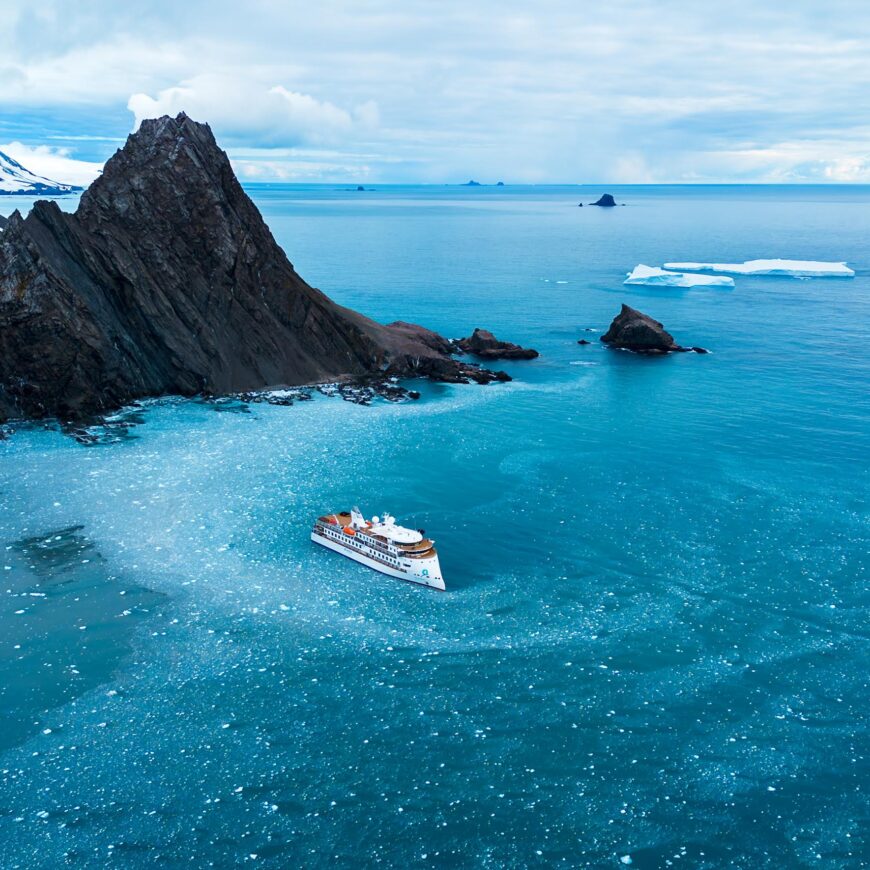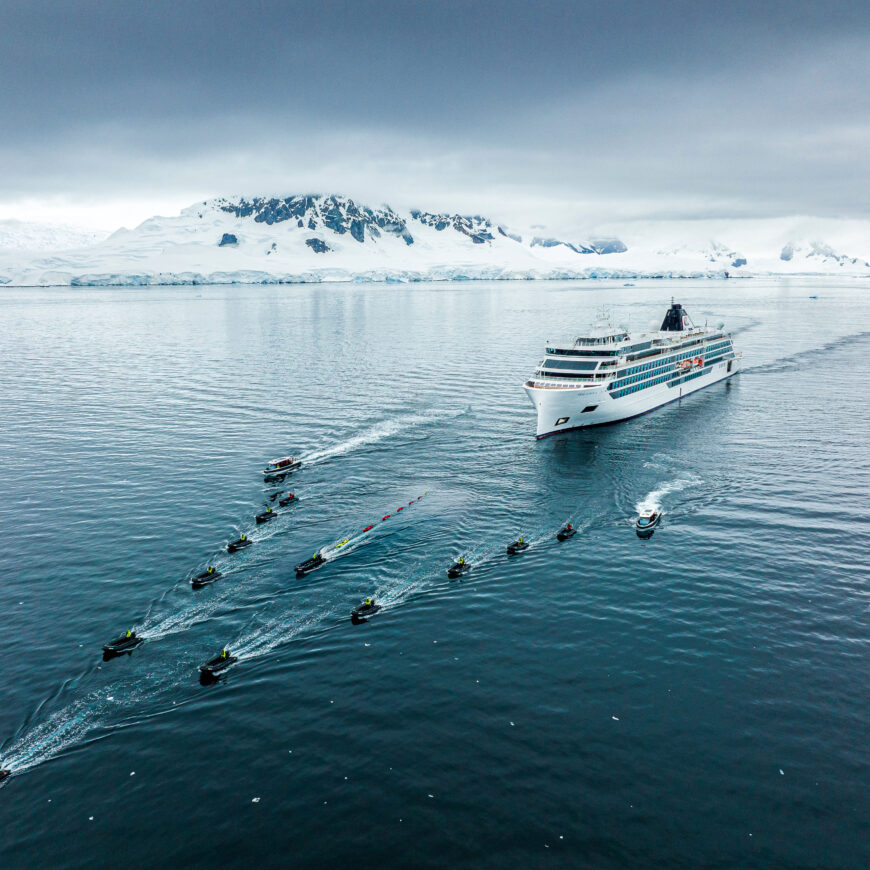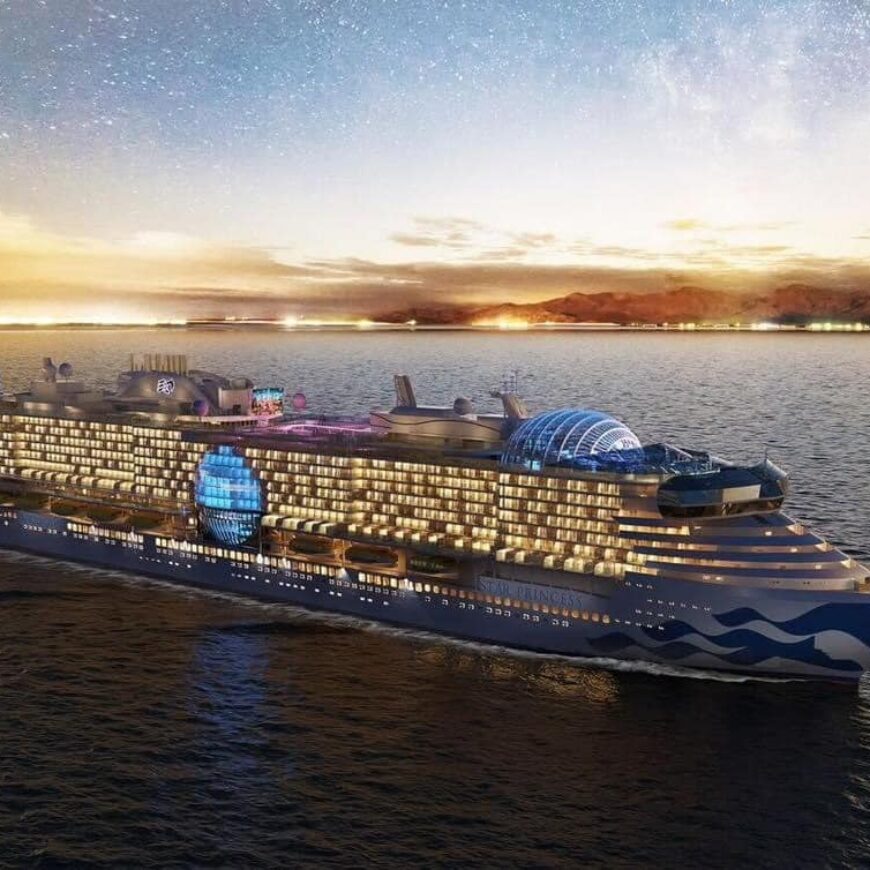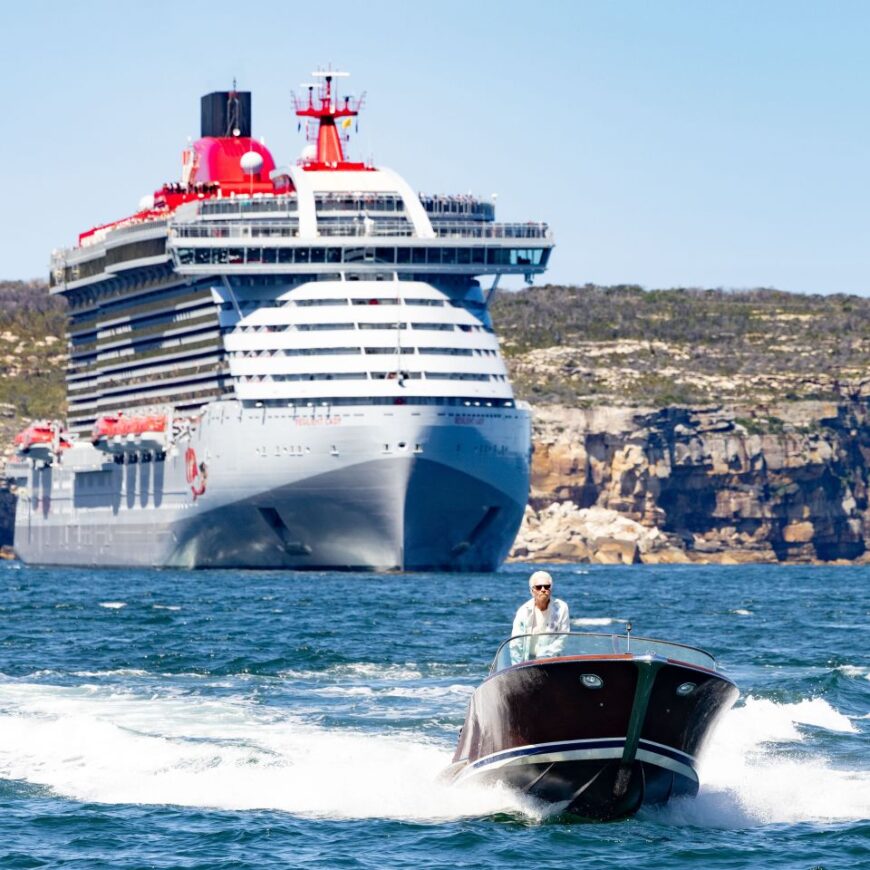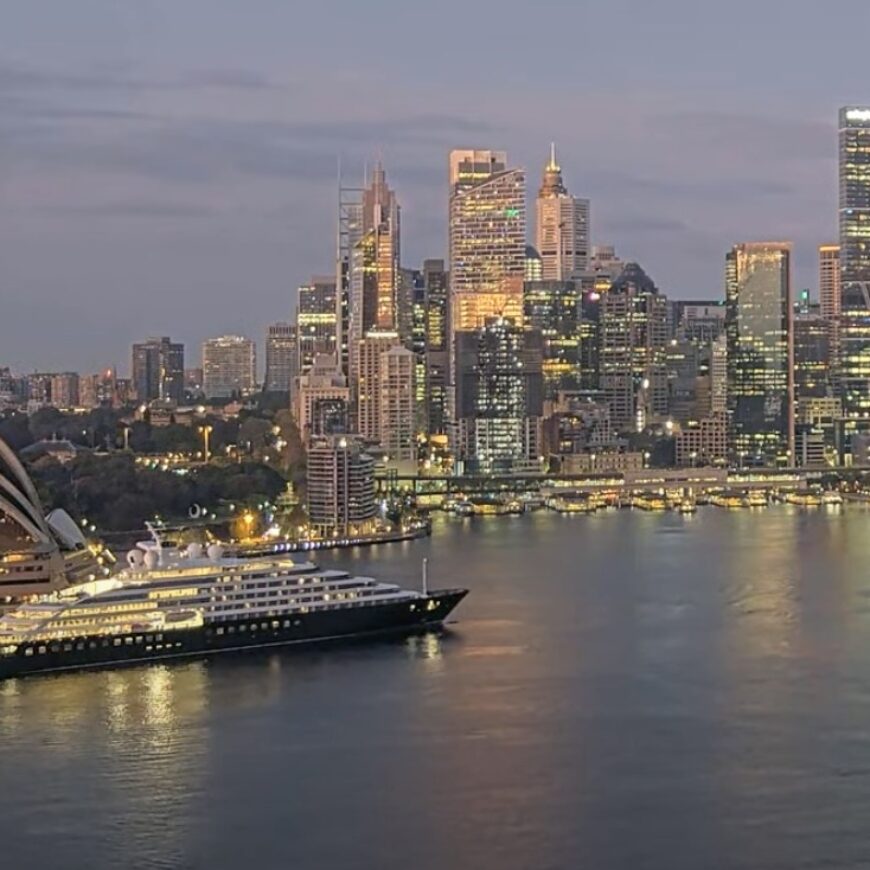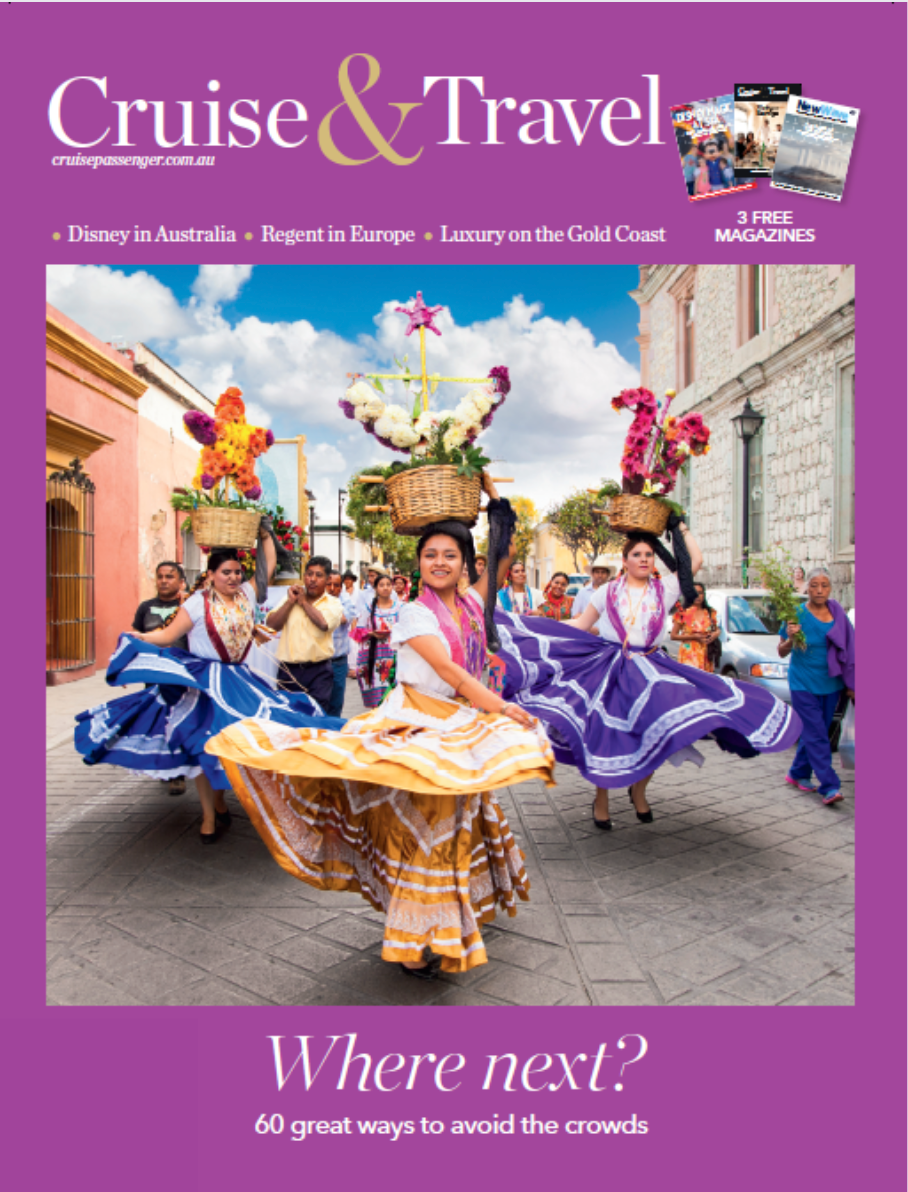What those stunning cruise statistics mean to you
NewsThe great and the good of Australia’s cruise industry gathered at State Parliament this week to celebrate the latest stunning statistic -1,281,159 Australians took to the seas in 2016, one fifth up on the year before.
Australians spent 12 million days at sea, and cruise passengers contributed $5 billion to the economy.
But it wasn’t long before the spectre of capacity became the major talking point. How long can stellar growth continue without new port infrastructure around Australia – and in Sydney, in particular?
Not long, it seems.
According to Adam Armstrong of Royal Caribbean, Sydney is full. And that means getting more of those bright new ships to meet the target of two million cruisers by 2020 is in jeopardy.
The cruise figures are usually announced at White Bay Cruise Centre, or the Overseas Passenger Terminal – the wharf that is top of the wish list for most high-spending overseas cruise passengers because of its Harbour Bridge and the Opera House views.
This year, the event was held at State Parliament – to make a point to the NSW State Government. And a number of ministerial officials were quietly in attendance to hear the cruise industry case.
The venue was important indicator that, after years of being ignored, Cruise Lines International Association Australasia is determined to get results.
Speaker after speaker pointed out that cruise ship tourism, written off 10 years ago, is booming. But this growth is threatened by the inability of the State and Federal governments to fix the capacity in Sydney Harbour and other capitals.
“The future growth of Australia’s cruising sector will be hindered by the lack of berthing options in capital cities,” said Joel Katz, CLIA’s managing director.
“In celebrating such stunning growth, there remains a cautionary tale. Future strong growth and economic performance can only be sustained if port infrastructure challenges particularly in Sydney are addressed,” said Carnival Australia’s executive chair Ann Sherry.
Mr Armstrong said the figures reflected the wealth of choice now available to Australian travellers, as well as the influx of larger, newer ships to Australian shores.
“The question everybody wants to understand is just how much potential growth there is for this market. I believe the only impediment to reaching our target of two million Australian cruisers by 2020 is port infrastructure.
“Sydney is already full. We need to upgrade all of our ports to enable them to handle the largest of the world’s cruise ships,” he said.
There is now light at the end of the tunnel. Evidence that the NSW government at least is taking note.
On the eve of the announcement of another record, the Ports Minister Melinda Pavey went on radio to say she would be pushing for cruise ships to share the Garden Island naval base.
The importance of our home ports is underscored by one important fact: the number of Australians cruising close to home on itineraries visiting Australia, New Zealand and the South Pacific surged to almost one million cruisers in 2016.
This equates to 76.7 per cent of all Australian passengers, up from 71.3 per cent in 2015. And that means those dollars stay home, creating jobs for all of us.

